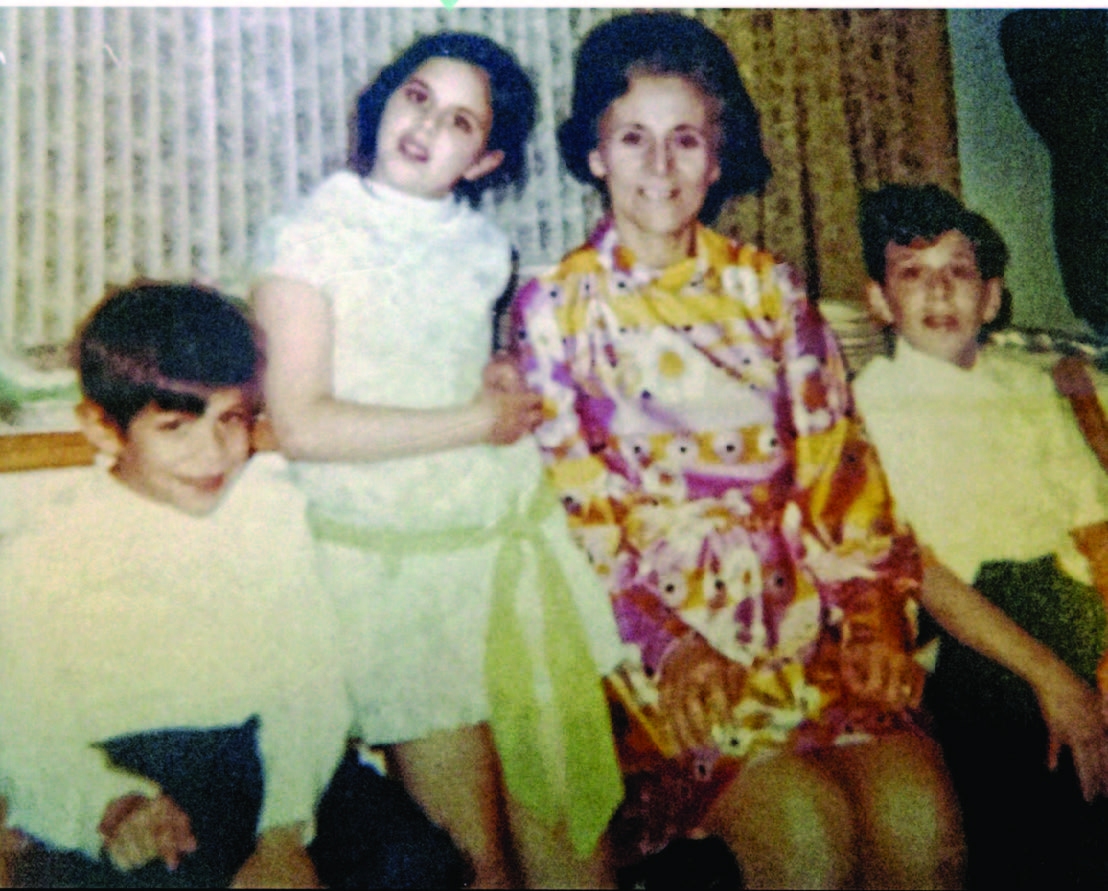The compelling life story of the ‘normal’ child
Through amazon.com – not a bookstore – I was able to access “The ‘Normal’ Child,” the self-published autobiography of an old acquaintance, Cindy Halpern. I opened the manila envelope, took out the thick volume, and read it cover to cover, fascinated and impressed and very much under its spell.
A bit of background about the author. She was the only surviving child of a Holocaust survivor, a refugee rescued in 1944 and protected by the renowned journalist Ruth Gruber (who lived to 109 years of age and who visited Providence and my classes at the Rhode Island School of Design).
Halpern’s mother’s portrait was painted in the Oswego, New York, refuge barracks by a fellow inmate, survivor, refugee. After her death, Halpern brought the painting to me to offer to the RISD Museum, which recommended The John Brown House Museum, also on Benefit Street, which accepted it into its collection. It was more than a portrait – it was a visual poem about melancholy, memory and hope.
Tragically, Halpern’s father, a World War II veteran, and her mother shared a gene that resulted in illnesses that claimed the lives of her two brothers when they were children and her adult sister, leaving Cindy to write the story of her siblings. She writes with dignity and honesty from a poignant and provocative personal perspective.
Halpern disclaims any special talents or competence: she writes that she was not a brilliant student, or a social success either. Yet she was determined and grateful and made her way in her world and ours and articulates in each chapter her successes and her failures.
I remember that she drove a cab in Providence, and she sketched in words her adventures and misadventures with humor as well as insight.
Halpern’s marriages were, like many around the globe, troubled, even tragic, but there is no blame-game in her accounts.
The single pleasure she sought was travel. Not only to places of beauty and leisure, but also to trace the desperate route of her family – the mother and aunts and uncles who survived, but also the family members who fell victim to the Nazi murderers. Halpern’s description of her response to what is left of Treblinka is most impressive and telling.
Self-publishing has become a valid and important method of sharing a story without going through the elaborate steps and compromises of today’s publishing approach, which emphasizes celebrity and self-help.
I pen this column to congratulate Halpern. Yes, she would have benefited from an editor and proofreader (we all need editors). But all she had access to was her young grandson, whom she labels on the cover as the book’s “technological director,” along with a self-mocking disclaimer about her own skills or lack thereof.
The entire tome is very much worthwhile, and I write this column to recommend it.
MIKE FINK (mfink33@aol.com) teaches at the Rhode Island School of Design.








